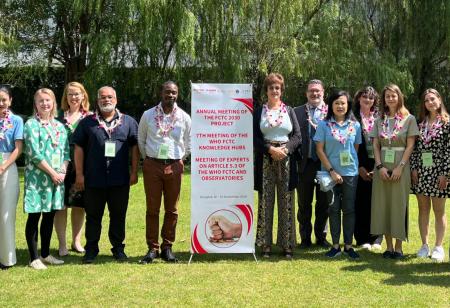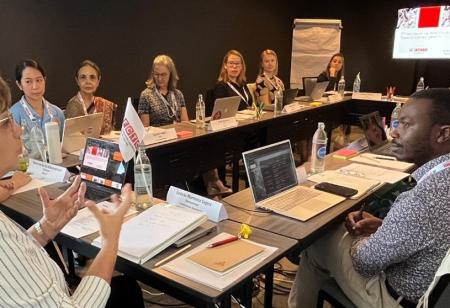
Blogpost: How reliable are tobacco and alcohol prevalence estimates from surveys? - 14 September 2017

How do we evaluate whether estimates from national surveys are a true reflection of what people are consuming? One way is conduct a gap analysis between self-reported consumption and tax-based sales.
As an example, consider the fourth wave (2014/2015) of the South African National Income Dynamics Study (NIDS) and 2014/2015 South African National Treasury data on excise revenue on cigarettes and alcohol. The gap between the aggregate of self-reported consumption in NIDS and total tax-based sales indicates the severity of under-reporting. The coverage rate is defined as the aggregate of self-reported consumption divided by total tax-based sales. A 100% coverage indicates a perfect match (i.e. no under-reporting), while a number less than 100% indicates under-reporting.
According to the NIDS 2014/2015 data, around 20.7 billion cigarettes were smoked in 2014/2015 amongst the 20.3% of the adult (15+ years) adults that indicate that they smoke. In 2014/2015, excise revenue was collected from approximately 21.7 billion cigarettes, representing a coverage rate of around 95%. A complication is that the numbers from the government’s revenue tables only account for recorded consumption. Assuming that illicit trade is 15% of the total market, the coverage rate decreases to 81%.
Current alcohol use (any amount) in 2014/2015 was reported by 33% of the population. These drinkers admit to consuming approximately 4.8 billion drinks. A standard drink in the NIDS questionnaire is defined as a small glass of wine, a 330 ml can of regular beer, a tot of spirits, or a mixed drink. Excise tax revenue in 2014/2015 was collected from approximately 18.7 billion drinks. This represents a coverage rate of only 26%. So, on average, a drinker that has 4 drinks on a regular drinking day, only fesses up to 1 drink. Either alcohol abstention is substantially less than reported, or consumption per drinker is much more than reported, or, most likely, both. What about unrecorded consumption of illicit alcohol? The baseline study of the liquor industry estimates that in 2009/2010, unrecorded consumption accounted for 14% of total consumption. Including this adjustment to the calculation decreases the already low coverage rate to 22%.
The coverage rate of cigarettes is relatively high compared to alcohol. Is tobacco consumption more acceptable compared to alcohol consumption?
Where does this leave researchers working on tobacco and, especially, alcohol using survey data? One option is to introduce blood tests that reveal how much cotinine and alcohol is in the respondent’s blood. But these tests add to the already high cost of surveys, and people might understandably be unwilling to give blood. The best we can do as researchers is triangulate data using as many sources as possible. Identifying groups of people more likely to under-report than others is important in understanding the determinants of under-reporting. We also need to acknowledge the shortcomings of survey data by making it very clear that prevalence estimates are likely to be severely under-reported.





